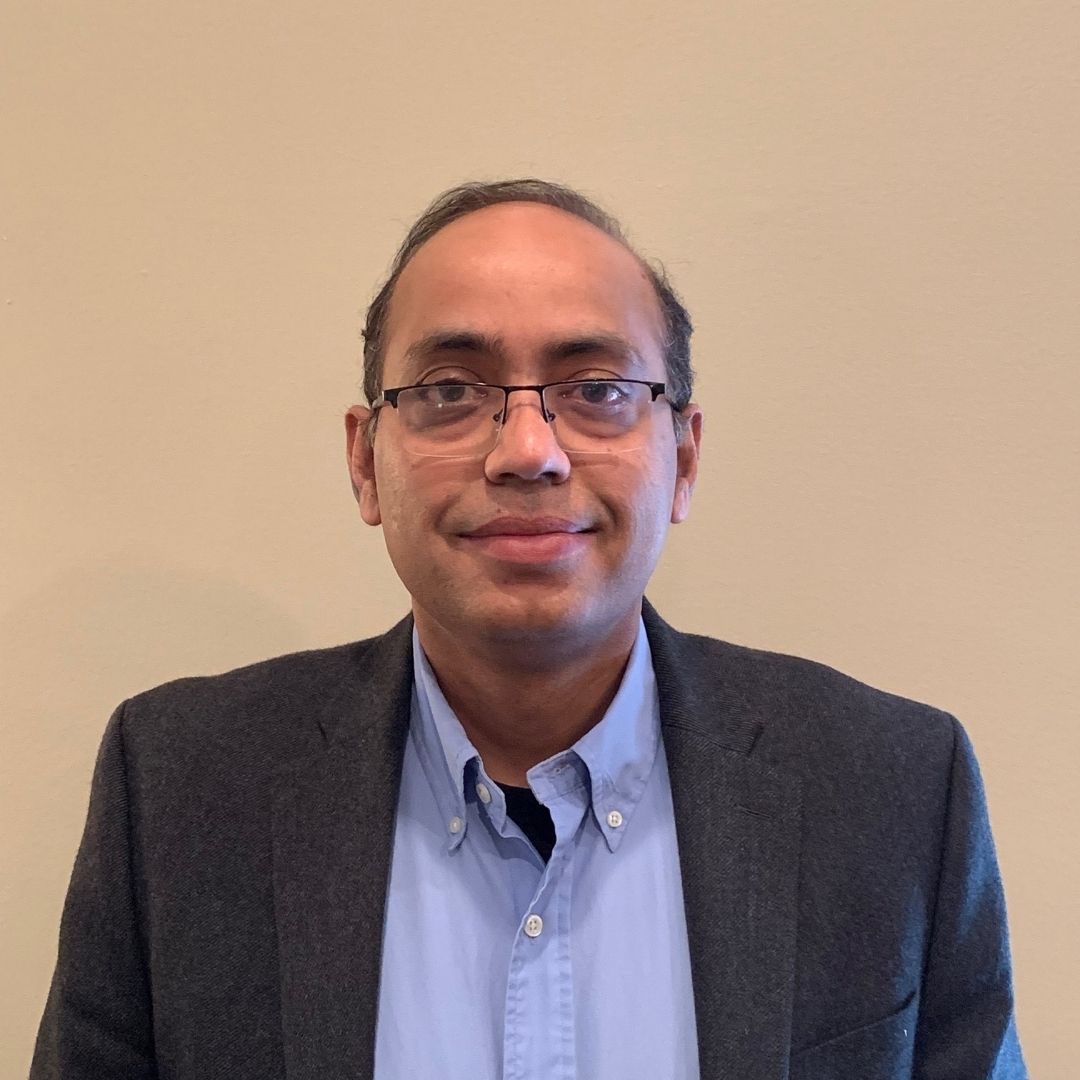Detroit Engineered Products (DEP), an Engineering Solutions and Product Development company has a 20 year- old legacy. DEP has its offices at 8 locations globally, and footprints in Europe, China, Korea, Japan and India. Below is a snippet from a recent interaction between team IT-Voice and Basant Sharma, Vice President (VP) at Detroit Engineered Products (DEP) where he answered question about the organization, products, industry and the future ahead:
Prateek: Please tell us about the journey of DEP.
Basant Sharma: Detroit Engineered Products (DEP) is an engineering services, product development, software development and talent acquisition company. Since its inception in 1998 in Troy, Michigan, USA, DEP is now a global company with footprints in Europe, China, Korea, Japan, Canada and India.
Our engineering capabilities- right from concept to production- spanning across products, processes and services are customized to drastically reduce overall product development cycle for our customers, enabling them to cut costs, accelerate time to market, and deliver optimized and balanced products. We use the accelerated and transformed product development process, accomplished by utilizing our proprietary CAE platform, DEP MeshWorks, which rapidly reduces the development time of products for all segment.
Prateek: What are the services and products DEP offers?
Basant Sharma: DEP provides customers a one-stop solution for everything from Benchmarking, Design concepts, to Detailed design, Simulation, Testing, Prototyping and other developmental support services. DEP takes on the challenge of building a comprehensive solution that result in faster-time-to-market, irrespective of the various engineering hardships in the product development cycle. We provide unique solutions using our integrated CAE platform “MeshWorks”. With the robust features of MeshWorks, we promise futuristic product creation, especially with the application of morphing techniques that transform an existing design into a new shape and geometry. Additionally for further optimization, we don’t need a traditional way; instead, we can increase performance directly by doing modifications in CAE models using parametric technologies. Being a technology torch bearer & services expert, we support customers in product development segment by saving cost, time & effort.
Prateek: What role does the digital twin play in the evolution of IoT technology?
Basant Sharma: IoT and Digital Twin are two concepts that are intertwined. With the advancement of the Internet of Things, the digital twin process can now enable testing, analysis and predictions based on real-world scenarios rather than a set of assumptions, whereby the results of these tests will be accurate, saving time and money. The amount of data generated in digital twin methodology is enormous, and IoT has to keep up with the volume of data and analysis needed. On the other hand, Digital twin is crucial to the development of IoT, as IoT has to re-evolve to meet the rapidly growing standard of the Digital twin based on its accuracy, data capacities and sensing capabilities.
Prateek: Please tell us about your CAE platform, DEP MeshWorks, and the advantages it provides to manufacturers in the product development process.
Basant Sharma: DEP can offer a great deal of solutions for OEMs and Tier1 companies, supporting their manufacturing as well as design and engineering iterations. Customers in this category can reduce the time taken to design and manufacture a product by employing our morphing technology by reusing an existing design rather than beginning from scratch. Using CAE Parametric technology, current models are optimized to satisfy performance and safety criteria with significant time savings in design & engineering cycles. Additionally the rapid time to market comes with cost benefits too. Using the CAD Morphing method, we can examine the manufacturing impact and factor the identified inefficiencies into design especially in mold-flow, forming processes, etc.
Prateek: What are your views on the future of digital technologies in India’s engineering and manufacturing sectors?
Basant Sharma: There is a good future for digital technology in engineering and manufacturing especially in India. In the past, the analysis are arrived with “what if” scenarios developed using 2 or 3 real world situations that helps test the product’s efficiency. However, by combining Digital Twin with AI, we can obtain real-time data on test conditions such as temperature, wind speed, road conditions, and many more factors. Also, now we can execute various ‘live -what if’ scenarios to improve performance and safety requirements. All tedious processes can be quickly optimized with an infinite number of test cases using real-time data. As a result, digital technology will become more important than physical testing in order to create smarter products that will sustain in technology advanced future.




